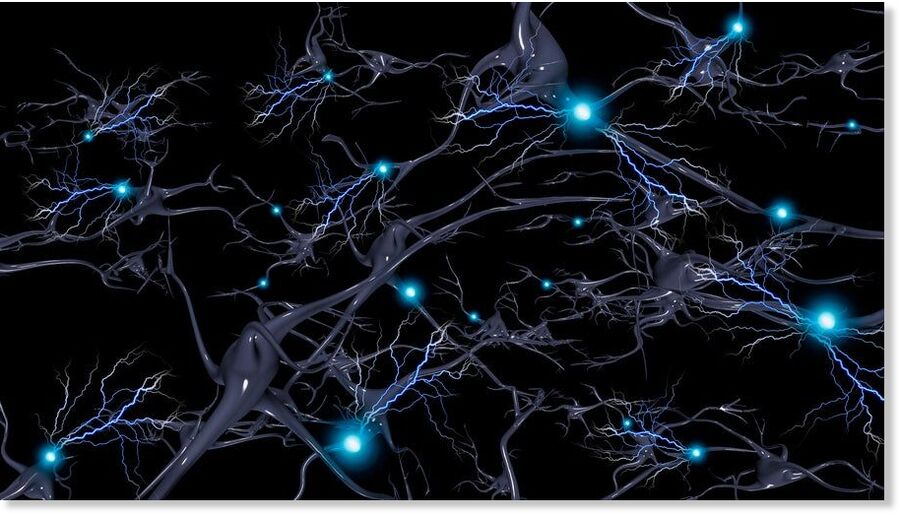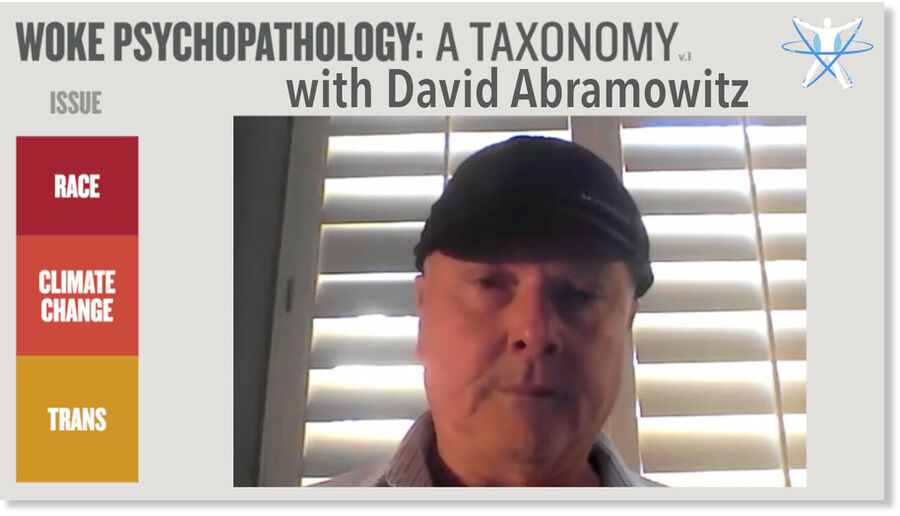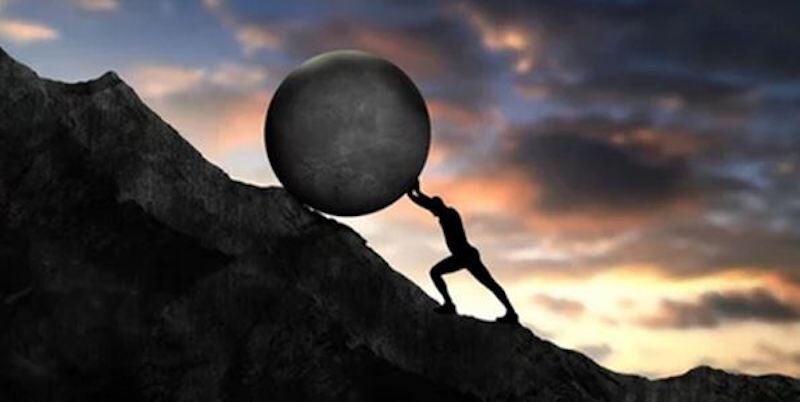
Patient One was 24 years old and pregnant with her third child when she was taken off life support. It was 2014. A couple of years earlier, she had been diagnosed with a disorder that caused an irregular heartbeat, and during her two previous pregnancies she had suffered seizures and faintings. Four weeks into her third pregnancy, she collapsed on the floor of her home. Her mother, who was with her, called 911. By the time an ambulance arrived, Patient One had been unconscious for more than 10 minutes. Paramedics found that her heart had stopped.
After being driven to a hospital where she couldn't be treated, Patient One was taken to the emergency department at the University of Michigan. There, medical staff had to shock her chest three times with a defibrillator before they could restart her heart. She was placed on an external ventilator and pacemaker, and transferred to the neurointensive care unit, where doctors monitored her brain activity. She was unresponsive to external stimuli, and had a massive swelling in her brain. After she lay in a deep coma for three days, her family decided it was best to take her off life support. It was at that point - after her oxygen was turned off and nurses pulled the breathing tube from her throat - that Patient One became one of the most intriguing scientific subjects in recent history.












Comment: A pity Mr. Blasdel had to spoil an interesting article by injecting his own materialist opinion into it.
Medical scientists take Near Death Experiences seriously now
Text Mining Analysis Study gets up close with near-death experiences
The startling psychological and physiological after-effects of near death experiences
Combat veterans and near death experiences
Life After Death? This is what people experience as the brain shuts down